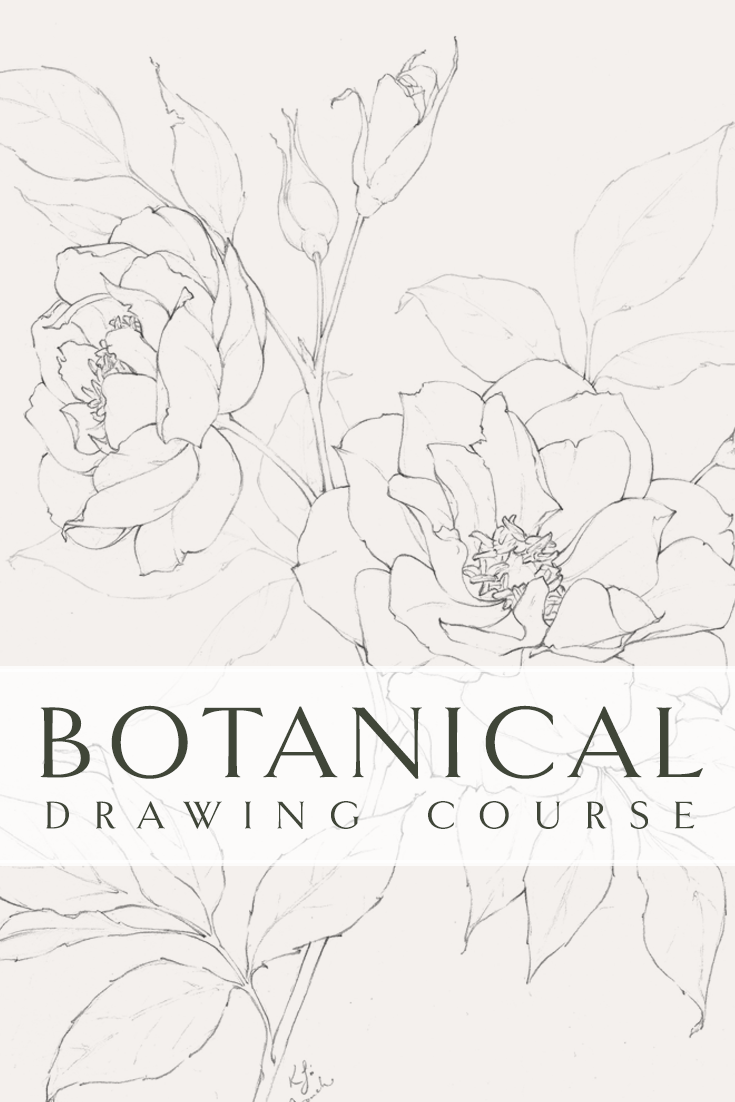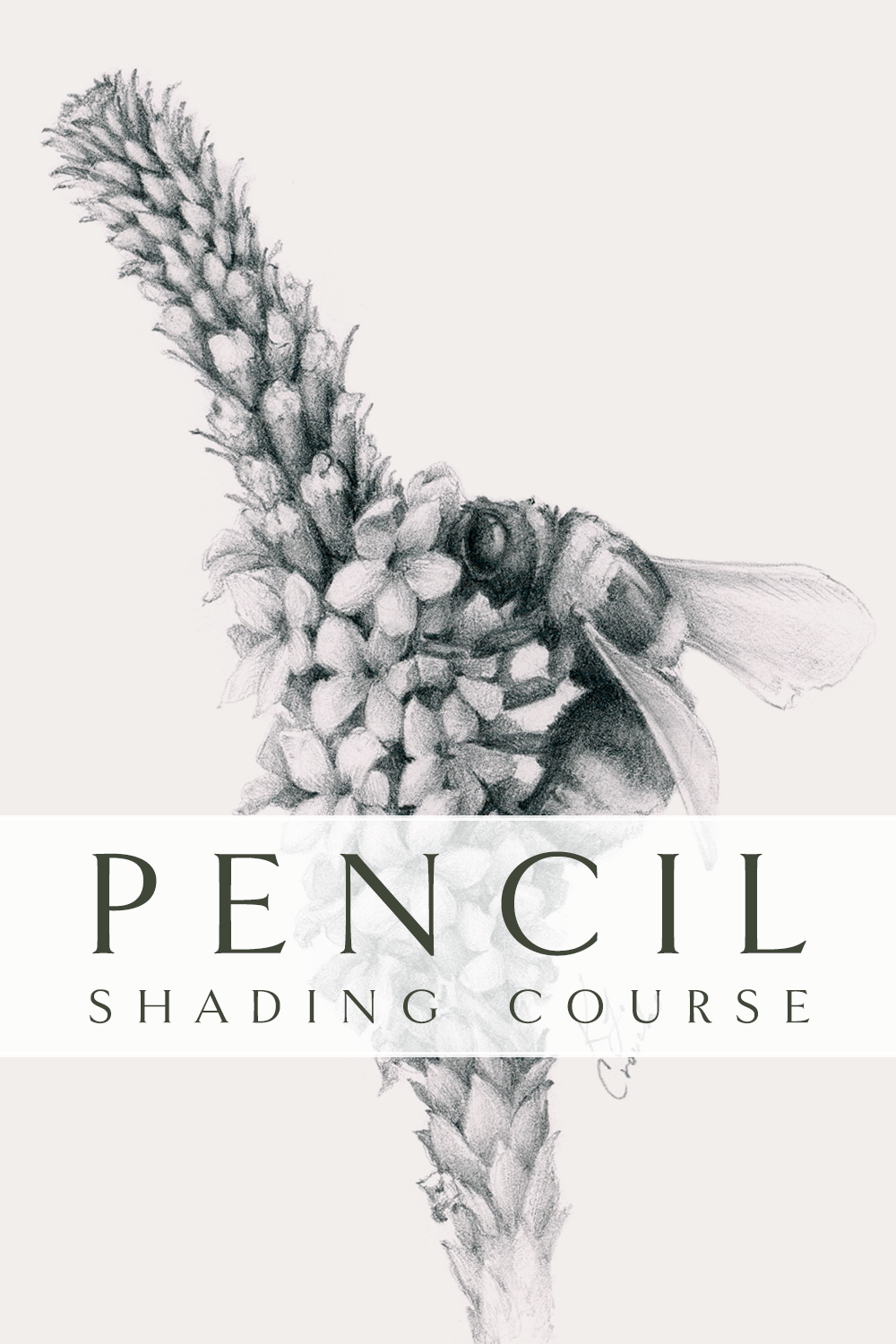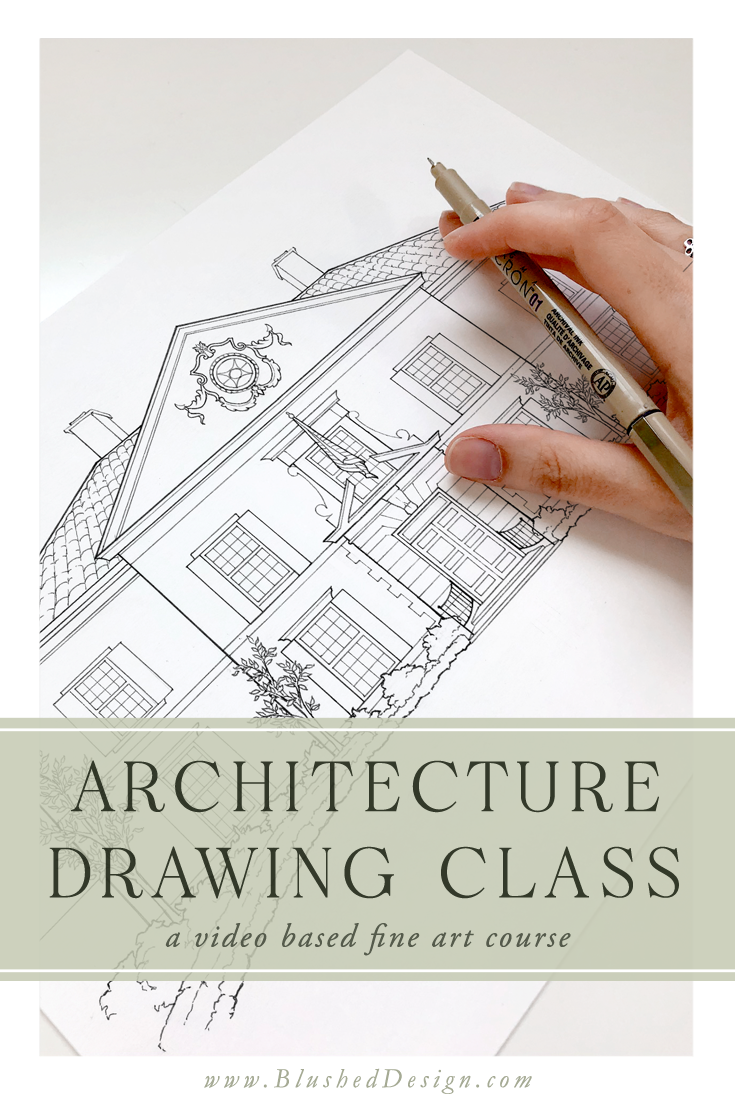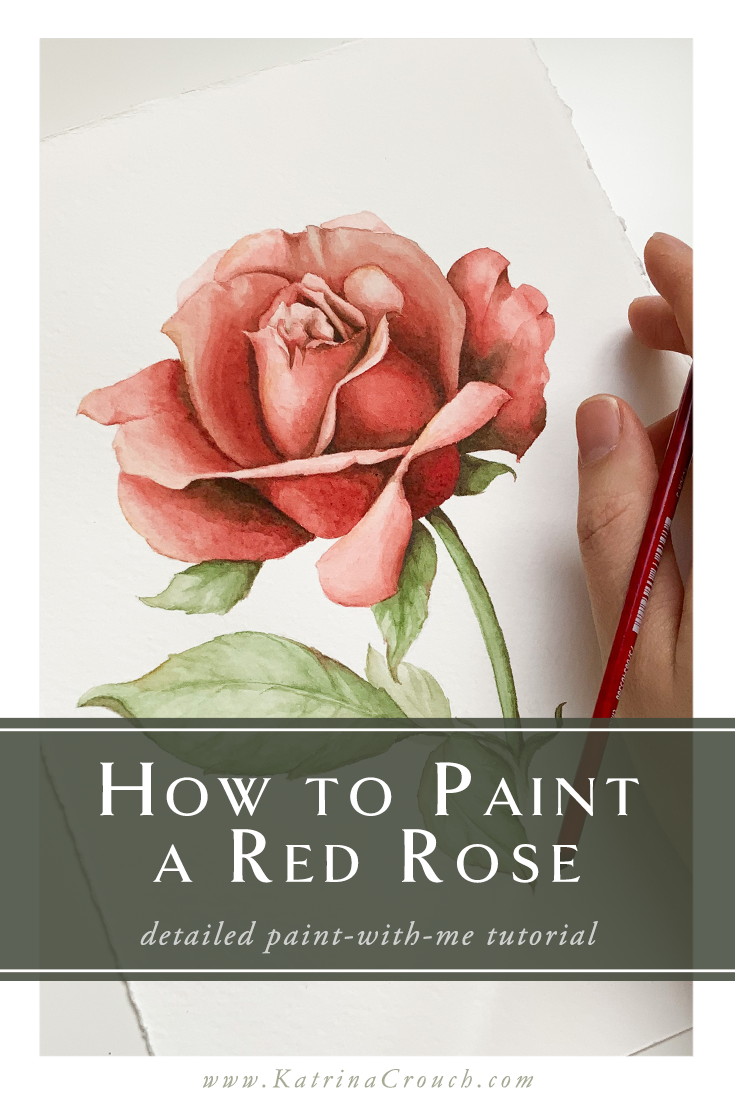3 Composition Tips for Drawing
Composition is one of the hardest elements of the fine arts to master—because so much of it is theory and can be used or ignored, depending on the subject and the message you want to communicate in your piece. It can quickly grow overwhelming, but doesn’t have to be impossible! Today I’m sharing 3 of my favorite visual arts composition tips, that will help you to begin your next masterpiece with confidence!
First things first: If you haven’t taken my free floral drawing challenge yet, I HIGHLY recommend that you do so before going further. Even with a killer composition, if your drawing skills need work then your finished artwork will be sub par. Not fun! Start with quality, then play around with layout—you won’t regret it!
1: Work with Odd Numbers
Look around next time you are able to take a walk outside or sit next to your house plant. Odd numbers are the “default” for creation—which is actually wear we get all of our design “cues” from: the natural world around us! Leaves often grow in sets of threes or fives, petals usually have odd numbers, etc.
Now that does not mean that you can’t have a pleasing composition with an even number of subjects/objects, but it means that you miiiight have to work a little bit harder to get the composition to flow as naturally as it would if there were an odd number of elements.
2: Be Aware of Your Edges
If your artwork bleeds off one edge of you paper (goes off or “falls” off), be sure to repeat the effect in another area. This will make your “bleed” look more intentional and create unity through out your piece as a whole! It’s always a good idea to repeat elements like this so that it looks purposeful and thought out—even if the first bleed was an accident. ;)
3: Exaggerate with Purpose
Okay, this is HUGE and I never hear anybody talking about this! One of the most common things that I see with younger artists is when two items come super close together so that they are touching. In the art world, we call this “kissing” and it’s a big no-no! The little “X” that it creates becomes a bullseye that can be really distracting for your viewer! So when you’re drawing, make sure to avoid those kissing shapes by either exaggerating the overlap or the space between two objects.












